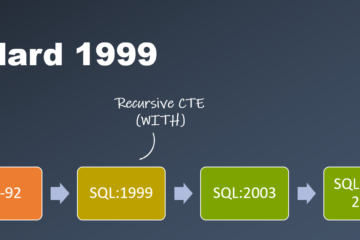#100CodeExamples
Order To The Chaos – with PL/SQL Collections
PL/SQL provides three different types of collections to hold multiple items of data. They all come with different capabilities and limitations and since these are hard to remember, I provide a condensed showcase of the different collection types in one single code example.




